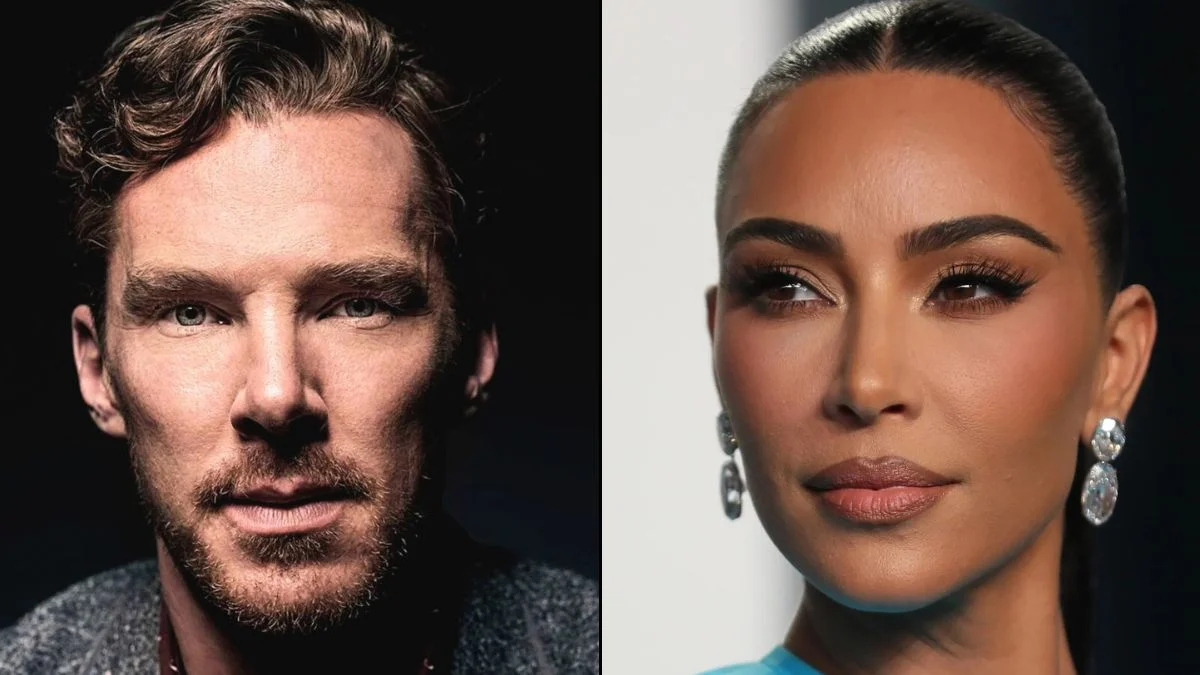
Although high-profile kidnappings and hostage situations don’t happen often, they always create a significant amount of documentation – including police files, court records, and news reports. The cases detailed below occurred over many years and across different continents, illustrating the various ways famous individuals have been either kidnapped or held against their will – ranging from political schemes to ransom demands and even violent home invasions. Each case summary explains what occurred, how the situation was resolved, and what happened afterward in terms of legal proceedings or investigations.
To make things easy to follow, each case summary includes the important details like where it happened, how the abduction occurred, how long the person was held captive, and who faced charges. We’ve also included information about convictions or successful escapes, when available, so you know how each story ended. These are simple, clear accounts of events that were officially reported and recorded when they happened.
Frank Sinatra Jr.
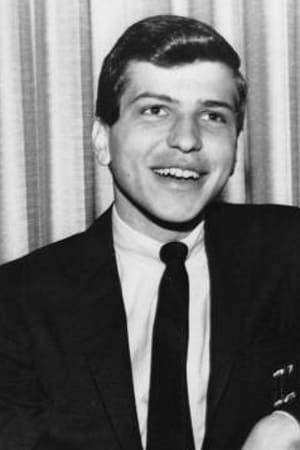
As a film buff, I always find the stranger-than-fiction stories fascinating, and the kidnapping of Frank Sinatra Jr. in 1963 is definitely one of those. Apparently, he was snatched right out of a hotel room in Lake Tahoe by a guy named Barry Keenan and a couple of his friends. They took him across state lines and demanded a ransom from Old Blue Eyes himself! What’s really wild is how the whole thing unfolded – the kidnappers used the phone to communicate and insisted on cash payments. Luckily, federal agents were onto them, carefully watching the money exchanges and tracking their movements all over California. It’s a classic crime story, and you can almost see the movie playing out in your head.
After the kidnappers let him go, the FBI found Sinatra Jr. in Los Angeles, and arrests were made shortly after. The three men faced trial in federal court, were found guilty of kidnapping and conspiracy, and received prison sentences. This case then became a key example for how to handle ransom situations and gather evidence in kidnappings that cross state lines.
Patricia Hearst

In 1974, Patty Hearst was kidnapped from her apartment in Berkeley by the Symbionese Liberation Army. The group took responsibility and sent out statements asking for political changes. At first, she was kept hidden in various safe houses and moved often. While talks with authorities and police searches were happening, recordings of her were shared with the media.
After several months, Hearst showed up in security camera footage during a bank robbery alongside members of the SLA, making the legal situation more complex and resulting in a separate trial following her arrest. In the following confrontations, several SLA members were either killed or taken into custody, and Hearst was found guilty of bank robbery. She later received a reduced sentence and eventually a pardon, but the initial kidnapping continued to be a key part of all court documents and appeals.
John Paul Getty III
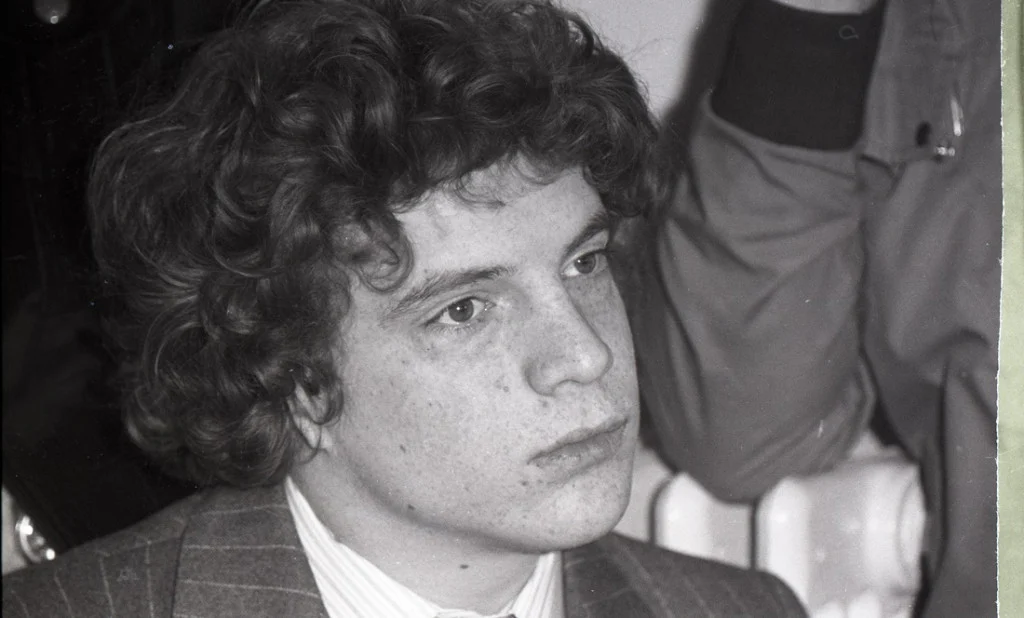
In 1973, John Paul Getty III was kidnapped in Rome by a criminal group who demanded a large ransom from his family. Initially, his grandfather refused to pay, but the kidnappers then cut off part of Getty’s ear and mailed it to a newspaper to prove he was being held captive. This act made the negotiations much more urgent and intense.
Eventually, a lower ransom amount was agreed upon, and Getty III was set free near a gas station in southern Italy. Following the release, Italian authorities arrested several people believed to be involved. They managed to recover some of the money that had been paid. The subsequent legal cases led to convictions for some of those involved in the kidnapping, while others were found not guilty, resulting in a resolution that wasn’t complete, but was officially recorded in court.
Juan Manuel Fangio
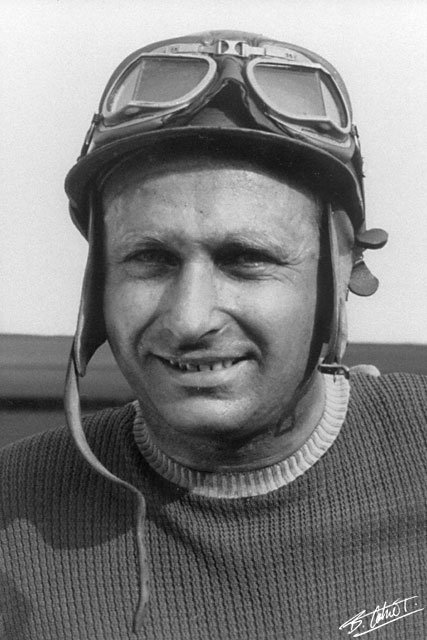
Juan Manuel Fangio, a five-time Formula One world champion, was kidnapped in Havana in 1958 by Cuban rebels just before the city’s Grand Prix race. The rebels took him from the lobby of his hotel, moved him to several hiding places, and held him under guard. They released statements presenting the kidnapping as a political move designed to gain publicity, not as an attempt to get money.
After the race finished, Fangio was safely released and gave official reports to the authorities detailing the actions and whereabouts of those who had held him. This event quickly led to changes in security protocols for sporting events in Cuba and remains a notable part of both racing history and the political history of Cuba.
Alfredo Di Stéfano

In 1963, while his team was touring, Alfredo Di Stéfano was kidnapped in Caracas by a Venezuelan rebel group. They took him from his hotel and moved him to several apartments around the city, holding him under guard for about two days. The group hoped to gain attention for their cause through this action.
Di Stéfano was freed without a ransom being paid, and he later provided details about the hideouts and people involved that aligned with the police investigation’s timeline. Following this, authorities made several arrests, and the incident led to improvements in security measures for visiting sports teams. These updated protocols aimed to restrict unrestricted access to hotels and transportation.
Kim Kardashian

In 2016, Kim Kardashian was held at gunpoint and robbed while staying in a private home in Paris. The robbers got in by pretending to be police officers and then tied her up. They stole jewelry worth millions of dollars and escaped on bikes. Early reports detailed how she was restrained, the sequence of events, and what items were taken.
Investigators in France were able to identify those suspected of the crime by examining phone records, security camera footage, and DNA found on the ropes used and a pendant that was dropped at the scene. Several people were formally accused in Paris of armed robbery and connected crimes. Court documents detailed how the crime was planned, how the suspects pretended to be police officers, and how they got rid of the stolen goods. Authorities are still working to recover items that are still missing.
Benedict Cumberbatch

I remember being so shocked to hear about what happened to Benedict Cumberbatch and his friends back in 2005. They were just traveling near KwaZulu Natal when their car was stopped by armed men. It was a terrifying ordeal – they were essentially kidnapped, forced into another vehicle, and taken to some isolated spot. Apparently, the attackers tied them up and kept threatening them while they searched for anything valuable. Thankfully, after several hours, they just left them stranded, but it must have been a truly awful experience.
I was so relieved when the victims finally reached out for help and filed detailed reports. They explained the exact route the attackers took, how long they were held, and what weapons were used. This information was incredibly valuable because the local police were able to compare it to other similar carjacking abductions happening in the area. It was good to see that this case actually helped shape new safety guidelines for film crews working in remote places – things like careful route planning, traveling in groups, and regular communication check-ins. It’s a small comfort, but hopefully, it will prevent something like this from happening again.
Rajkumar
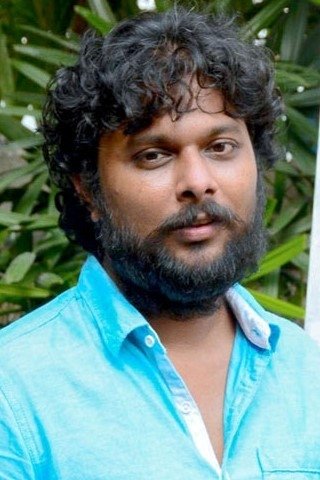
The famous Kannada actor Rajkumar was kidnapped in 2000 by the outlaw Veerappan while visiting his home in Tamil Nadu. Veerappan took him deep into the forest and held him for 108 days. During this time, people acting as messengers and government officials tried to secure his release, which involved coordinating efforts between different state police forces.
Rajkumar was freed without any announcement of a ransom payment, and afterwards, efforts centered on catching Veerappan and breaking up his organization. Eventually, Veerappan died in a shootout with the police, and documents from the time of the kidnapping detail what was demanded, who tried to negotiate, and how security forces reacted at the forest edge.
Choi Eun hee and Shin Sang ok
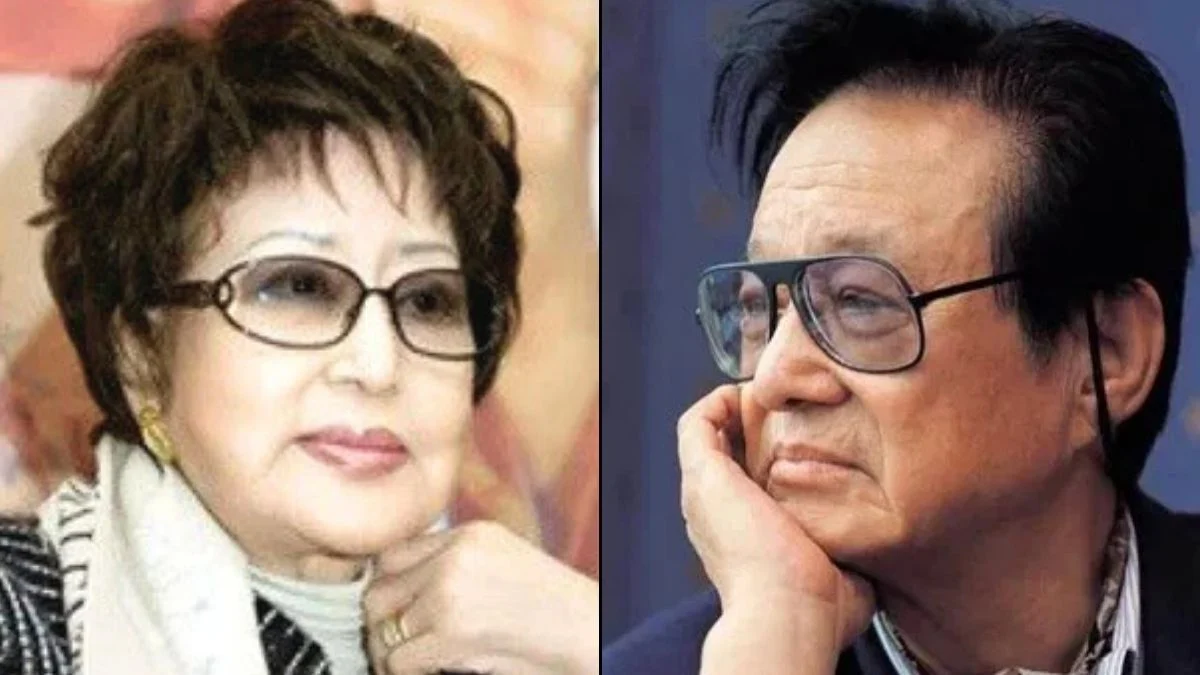
In 1978, South Korean actress Choi Eun hee and film director Shin Sang ok were kidnapped and taken to North Korea. There, they were forced to create films controlled by the government. Their whereabouts were documented through travel papers, interviews conducted later, and reports from North Korean state media, which followed them as they worked in film studios and lived in official buildings for several years.
In 1986, they managed to escape while on a trip to Vienna. They sought assistance from a foreign embassy and then continued on to a safe location, where they shared comprehensive information with authorities regarding their handlers, daily routines, and how the studio functioned. Records of their case can be found in diplomatic cables, immigration files, and the film credits of productions completed while they were held captive.
Nkem Owoh
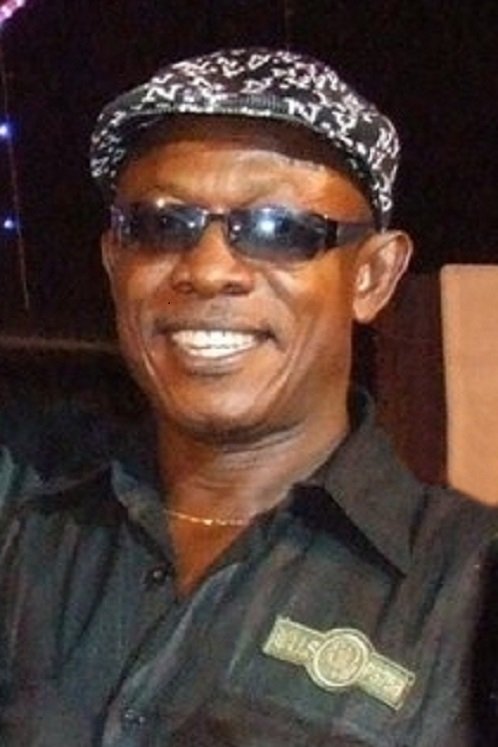
As a film fan, I remember being shocked to hear about what happened to Nkem Owoh back in 2009. He was traveling in the southeastern part of Nigeria when he was kidnapped by armed men. Apparently, they blocked the road and just took him. It was a really tense situation – they got in touch with his family and colleagues, and there were negotiations that went on for several days. Thankfully, the local police were involved, monitoring the communications and trying to pinpoint where he was being held. It was a scary time, and I was so relieved when he was eventually released. Nkem Owoh is such a talented actor, and it’s awful to think about what he went through.
After a ransom was reportedly paid, Owoh was freed, and authorities investigated criminal groups known to operate on nearby highways. This event was later brought up in efforts to encourage film crews to hire security details for certain routes and to change their travel schedules, making it harder for criminals to target them.
Silvio Santos

In 2001, Brazilian TV personality and media mogul Silvio Santos was taken hostage at his home in São Paulo. The kidnapper had previously abducted his daughter. The intruder entered the house with a weapon, tied up the staff, and stayed with Santos for several hours. During this time, police negotiators and special tactical units surrounded the property.
The situation concluded with the hostage taker apprehended inside the residence following talks and a carefully planned tactical operation that ensured Santos’ safety. Detailed reports about the incident covered how officers entered the building, the type of weapon involved, and the steps taken during negotiations. These reports led to a review of security measures for prominent individuals throughout the city.
Carina Lau

In 1990, Hong Kong actress Carina Lau was kidnapped and held in a secret location. She was forced to have her picture taken before being let go after a few hours. Later reports connected the kidnapping to criminal organizations that were known for blackmailing and intimidating both celebrities and business leaders.
Police reports and subsequent legal cases against connected criminal groups revealed a pattern of bullying tactics. These included forcing people to pose for photos and issuing threats to influence who was cast in films or how business was conducted. This situation ultimately led to better collaboration between film organizations and the police regarding on-set safety and the protection of individuals.
Tekashi 6ix9ine
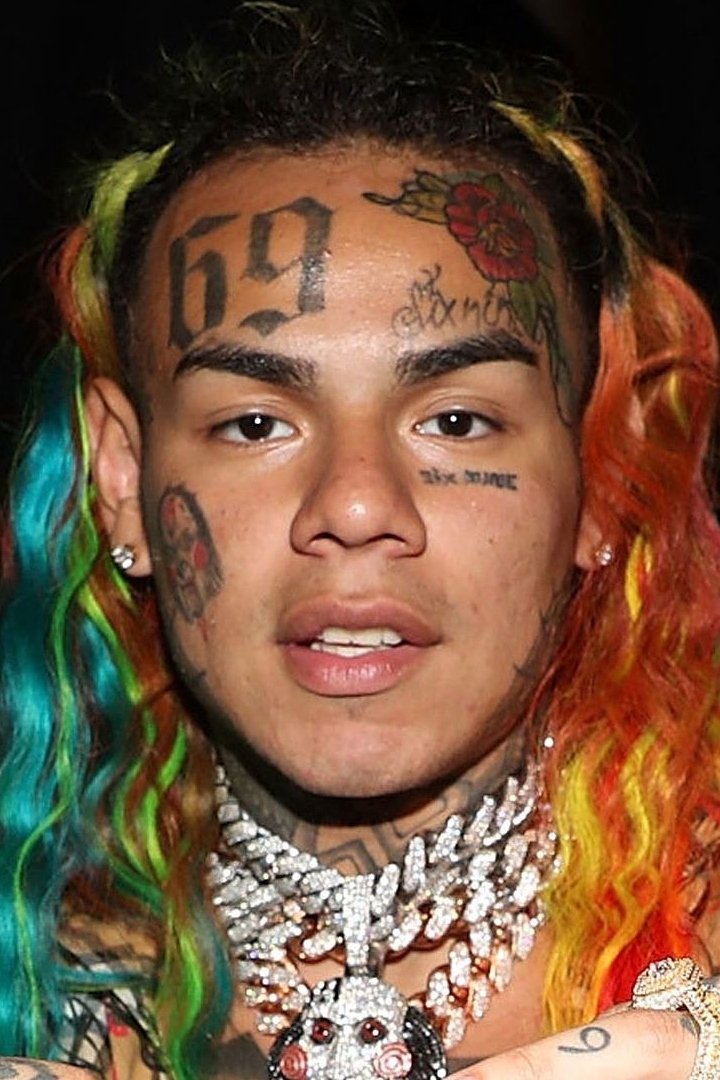
I remember when Tekashi 6ix9ine was kidnapped here in New York back in 2018. It was scary! People he knew forced him into a car, physically attacked him, and stole his jewelry and cash. What’s even more shocking is they actually filmed parts of it on a device. He ended up telling the police everything, and the information he gave them was really important – it helped bring down a whole group of people in federal cases. It was a crazy situation, and it all played out publicly.
Those involved in the kidnapping received federal prison sentences following both guilty pleas and trials. Evidence presented included video footage and phone records. The case details – including the path taken, stolen property, and subsequent medical care – were documented in the file. This case eventually became part of a larger investigation into racketeering activities happening at the same time.
Wu Ruofu
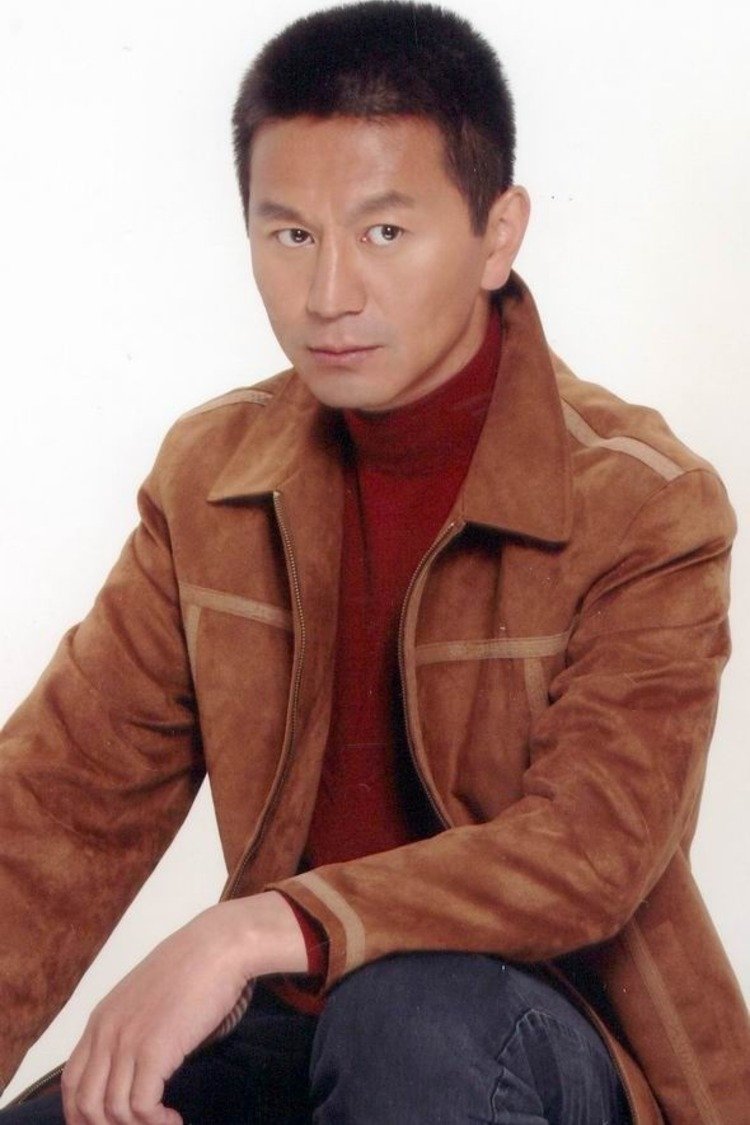
In 2004, Chinese actor Wu Ruofu was abducted by a criminal group. They stopped his car and then held him captive, demanding a ransom. To avoid being found, they moved him to different places. He was eventually released after negotiations, and the police were able to track the group by monitoring their phone calls and financial transactions.
Further arrests and legal cases revealed how the gang operated, including using vehicles to block roads and switching drivers to transport hostages. Later, Wu advised on a movie based on official records and a timeline of events, which accurately showed the steps of the kidnapping and how authorities ultimately resolved the situation.
Please share your opinions on these cases in the comments below, and let us know which recorded event you believe deserves wider recognition.
Read More
- Persona 5: The Phantom X – All Kiuchi’s Palace puzzle solutions
- How to Unlock Stellar Blade’s Secret Dev Room & Ocean String Outfit
- Leveraged ETFs: A Dance of Risk and Reward Between TQQQ and SSO
- 🚨 Pi Network ETF: Not Happening Yet, Folks! 🚨
- How to Do Sculptor Without a Future in KCD2 – Get 3 Sculptor’s Things
- Is Nebius a Buy?
- XRP Breaks Chains, SHIB Dreams Big, BTC Options Explode – A Weekend to Remember!
- PharmaTrace Scores 300K HBAR to Track Pills on the Blockchain-Because Counterfeit Drugs Needed a Tech Upgrade! 💊🚀
- Quantum Bubble Bursts in 2026? Spoiler: Not AI – Market Skeptic’s Take
- Three Stocks for the Ordinary Dreamer: Navigating August’s Uneven Ground
2025-10-01 20:18